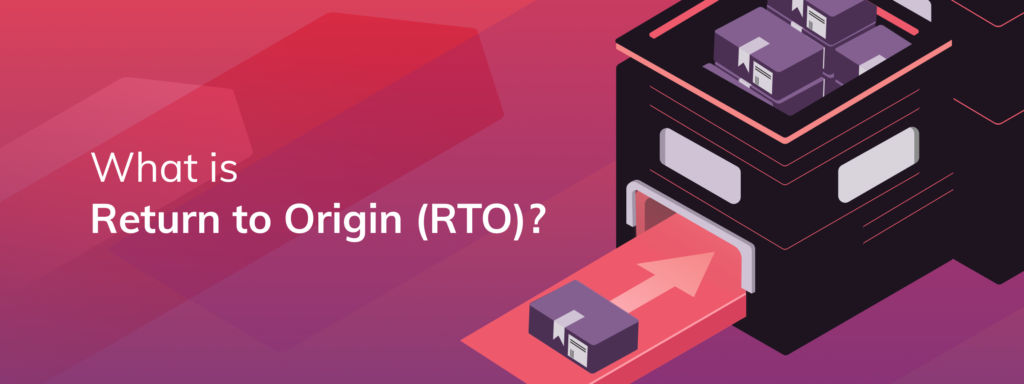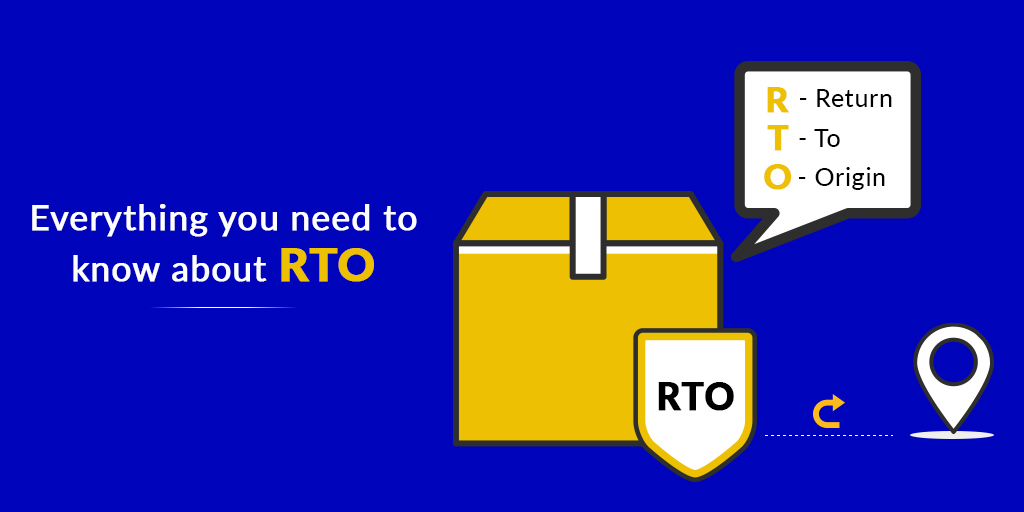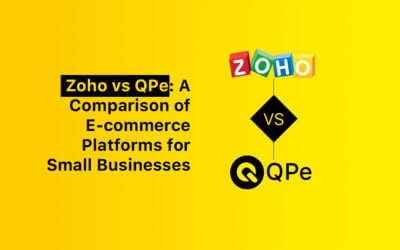RTO in E-commerce
It is not surprising that the Indian economy, particularly in the E-commerce industry, is more of a cash-driven market. COD is a market leader in India, in contrast to the eCommerce sector in the US and Europe. In this article, we will talk about every aspect of Return to Origin (RTO) and how it works with E-commerce businesses.
A sale is not necessarily made when you get a new order on your eCommerce website. Ordered goods must pass quality inspections, be correctly packaged, be delivered to the correct destination, and most importantly, the buyer must like them. This is how a complete process of selling goods work. If the product doesn’t meat the customer’s requirement, it will be returned to the seller and business will have to deal with loses.
Below we will discuss some points regarding RTO in E-commerce or Online business so you will get to know what are the exact criterion of selling products online and getting them delivered to the shopper’s door.
In short,
“RTO refers to the non deliverability of a package to the buyer and its return to the sellers address.”
Now, let’s talk about the actual definition of RTO (Return to Origin).

What is Return To Origin (RTO)
RTO (Return to Origin) refers to situations where orders cannot be delivered and must be returned to the warehouse. As a result, e-commerce companies bear a heavy financial burden because they incur large losses while sending items back and forth.
Reasons of RTO in e-commerce business:
- Customers are not available in the time of delivery
- Incorrect delivery address
- Difference in the displayed picture in the website and in the product which has been delivered
- Not correct contact details of the customers
- Unsatisfied by the products
- Negligence by the courier company towards the customers
These are some points of RTO or Return to Origin where e-commerce businesses can face losses.
Understanding RTO:

- Calculate Accurate RTO
By evaluating RTO, you may acquire an effective ROI (Return of Investment) that is accurate and gives you a true picture of how your firm is doing.
How Lower-to-higher Return to Origin Works?
1. Estimating the Shipping Charges
When you are calculating the shipping costs for your goods, you also need to account for the return shipment costs that you would have to pay if the client returns the purchase or the order isn’t delivered as expected.
You would essentially be required to pay for shipping three times in the event that an order is returned to the warehouse.
Which includes:
- Delivering it to the first client
- To return the item to the warehouse, use reverse shipping.
- Delivering it to a new client
You can precisely estimate shipping costs and make sure you’re always getting the best return on investment for every transaction by taking the average RTO rate for your company into account.
2. Examine which Product Performs better than Others
You may determine which products are well welcomed by clients and which products are typically returned most frequently by calculating RTO for your firm and segmenting it based on products.
Then you can find the problems – which could range from the product’s quality to the fact that it seems different on your website than it does in real life – that cause buyers to return particular things more frequently than others.
Additionally, you may divide the RTO rate by city or area to discover which pin codes frequently result in the most orders that aren’t delivered, and then you can talk to your logistics partners about the delivery issues.
How can You reduce RTO in E-commerce business?
- Deliver detailed Product Information
Customers’ lack of clear information regarding the ordered product is one of the major causes of returns and cancellations. Customers as a result unintentionally purchase goods about which they do not know enough.
Sellers must include thorough product descriptions to promote customer loyalty and guarantee that buyers receive exactly what they have seen, read, and ordered on the internet.
The number of needless returns is decreased by giving clients the information they need to make an informed purchase decision, including full and thorough product descriptions, relevant specializations, and distinguishing aspects of the product.
- Regular Tracking
Increasing client happiness requires tracking on a regular basis. When ordering from an unfamiliar website, customers’ anxiety might be considerably reduced with regular order updates.
Updates sent by email, SMS, or WhatsApp assist in building consumer trust and lower the likelihood of returns and cancellations.
- Emphasize on delivery related Preference
You may increase customer confidence and lower RTO in eCommerce by giving your clients the choice of their chosen time slots for the courier delivery in addition to other options like rescheduling the delivery.
This can be accomplished by informing the clients in advance of the delivery date. Since the clients are aware that they won’t be present at the specified time, they can select a delivery time that is convenient for them and coincides with when they will be at the address on the specified date.
However, if you don’t give them a choice in the delivery date and time, it could lead to a missed delivery. The logistics partner will then send the item back to the source destination after a few unsuccessful deliveries.
- Verification of Contact details
It is crucial to confirm that the customer-provided contact information, including the phone number, address, and pin code, is real and valid.
It is best to add up all the relevant information before you ship the order to avoid the delivery executives having a difficult time getting in touch with the consumer, thus lowering the likelihood of returns and cancellations.
- Manage NDR Reports
NDR stands for non-delivery reports in the context of eCommerce, which provide insight into the order process as well as the causes of order returns.
The NDR management technology is therefore essential for eCommerce organizations. By providing complete visibility, it enables sellers to take preventative measures to lower RTO.
For instance, the seller can get in touch with the client to confirm availability and assure successful delivery if the courier delivery executive cites customer unavailability as the cause for non-delivery.
- Improve Packaging of the Products
The first thing a buyer notices about a brand is its packaging. The chance of product damage is further increased by poor packaging, particularly when it comes to delicate items. In these situations, the consumer rejects the goods, leading to RTO.
In eCommerce, strong and attractive packaging can assist lower RTO. Businesses may make a positive first impression by using eco-friendly packaging.
- Encourage Reviews of the Customers
It’s a good idea to promote client evaluations and feedback as it can help you identify and, if necessary, address any problems or loopholes that may be preventing your business from operating efficiently.
Positive customer reviews additionally contribute to the development of confidence among prospective customers.
This might dramatically lower return orders for your company because an increasing percentage of consumers base their purchasing decisions on recommendations from prior customers’ testimonials.
ALSO READ:
Online Shopping Trends You Should Know In 2023
- Do Fast-shipping
The number of eCommerce enterprises competing for customers’ attention has raised expectations.
A survey found that 41% of buyers would pay more for same-day delivery and 24% would pay more for shipping if the item could be delivered in only one or two hours.
QPe delivery partners assists eCommerce companies in completing same-day deliveries and assisting in lowering RTO thanks to its pan-India network of warehouses.
To end this, Undoubtedly, there is no exact plan to completely stop returns from occurring. Sellers must, however, have a strategy in place for efficiently handling returns.
RECOMMENDED READ:
Marketing Management for Businesses: How does it Work?
The methods for shipping goods from one location to another can be entirely revolutionized by using the ideas discussed above coupled with a professional logistics business which collaborate with QPe. This makes it possible for you to control the situation and considerably lower RTO in eCommerce. With QPe, you will get access to a suite of Plugin Integrations as well as POS management system while selling online. QPe also offers partial payment plugin as free for merchants so that you could accept some part of the COD order as upfront from the customers and thus minimize the chances of RTO.




